Getting the Perfect Ratio When coffee tastes right, it is a joy to drink. The…
Each year hundreds of millions of pounds of coffee are grown, bagged, and shipped to food producers who package their special blends for the shelves at your local cafe or grocery store.
Along the way is an intricate supply chain, starting with farmers in Latin America, Asia, and other continents, and encompassing a journey involving trade finance, shipping agreements, and futures traders who buy and sell coffee either to profit through speculation or to lock in prices ahead of time.
In London, and other cities, even consumers are participating: using mobile apps to buy and sell contracts on coffee — and other commodities — for fun and profit.
In the end, 400 billion cups of coffee will be consumed by individuals in countries around the world.
The variety of coffee that you buy will have its own distinct flavor. But the biggest impact on how your coffee tastes will be from how you make it.
There are different techniques that can be used when trying to find the best way to make coffee the way you like it at home. These factors can range from grinding and measuring to storing and brewing.
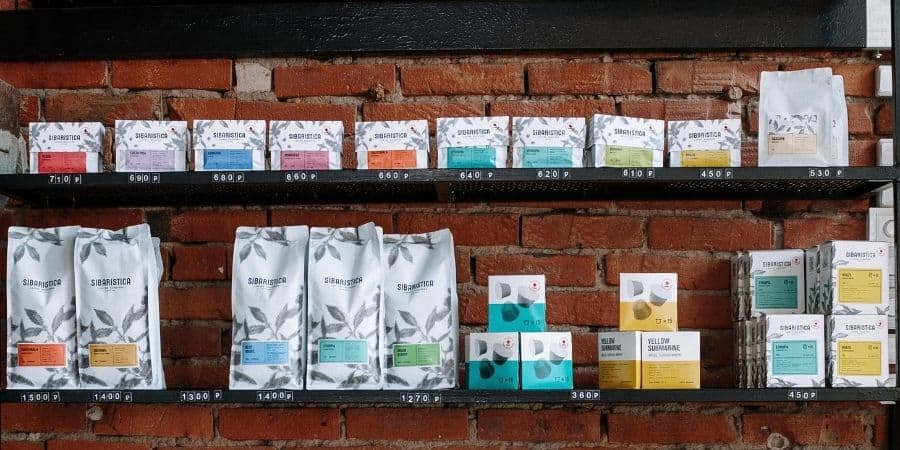
The best way to make coffee begins by purchasing whole beans. The types found in a local or online grocery store may have been roasted weeks before they’re purchased, which leaves time for flavor to escape. This is not usually the best.
Coffee typically has an ideal flavor when it’s drunk soon after roasting has been completed. Waiting longer than a month will likely be too long to enjoy the full taste offered by beans that were just roasted.
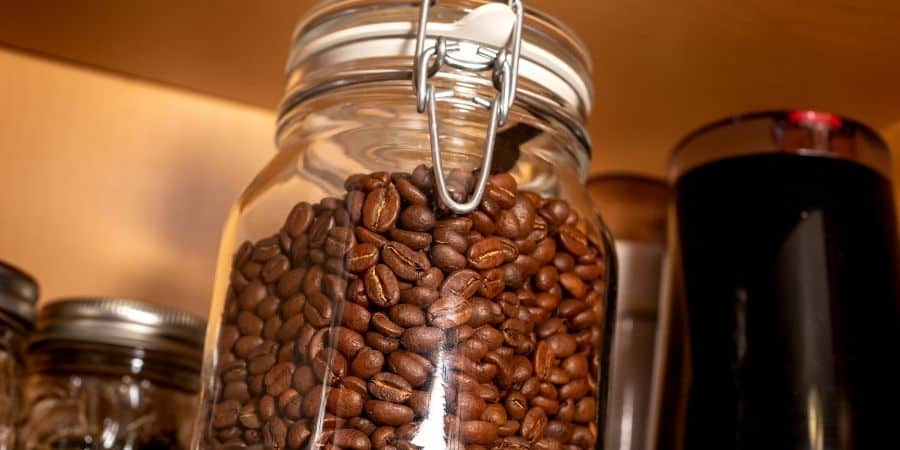
Purchasing coffee beans and keeping them fresh requires the correct type of storage. Using a vacuum-sealed container is preferable. If this method is not available, placing the beans into a standard mason jar should work just fine.
Using a quart jar is ideal for storing 12 ounces. Keeping beans in a pint jar is also a good option for smaller amounts. A person can even use a jelly jar if a new flavor of beans is being tried.
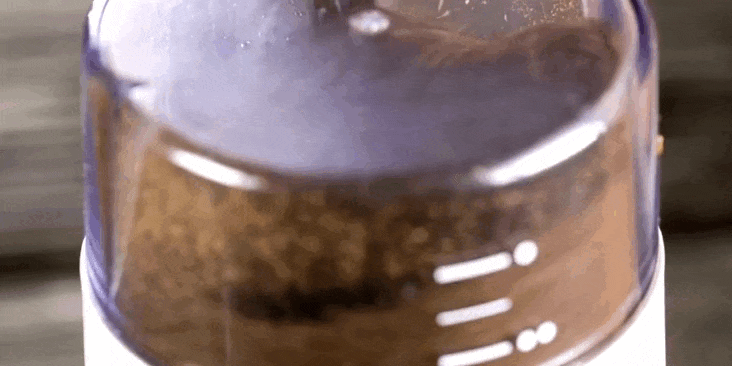
Another technique used when a person wants flavorful coffee is to grind it immediately before it’s brewed. Experts in this niche believe coffee begins to lose flavor within a half-hour of grinding.
Consistency and size are also elements to consider when coffee beans are ground into smaller particles. Grinding into coarse pieces will likely create a weak tasting coffee, and grinding too fine will make the coffee taste bitter. Using a medium-fine or medium grind is usually the best way to make coffee at home for most people.
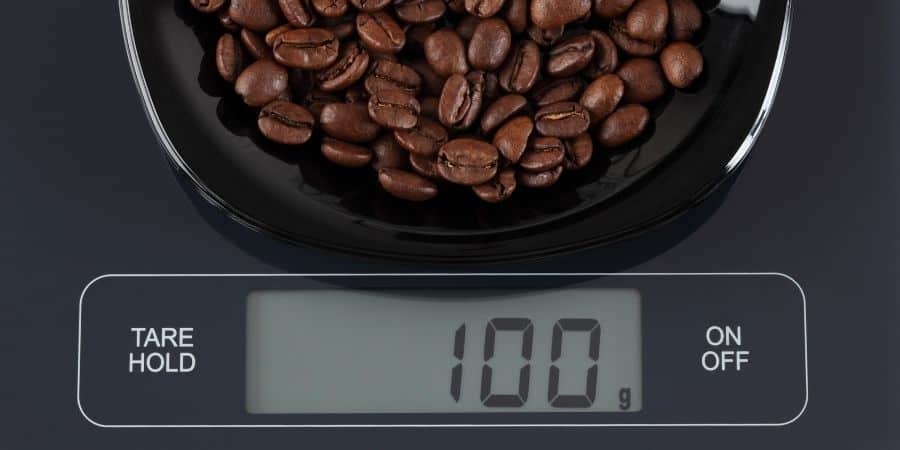
Weight is another important variable associated with the way coffee tastes after it’s been brewed. Keeping the same weight when brewing a cup will help ensure it tastes the same each time it’s made. Utilizing a digital scale to check the weight only takes a few seconds and helps safeguard against using too much or too little when a cup is being brewed.
The strength of a cup of coffee is typically a matter of personal preference. Individuals who prefer a more potent brew may want to use a combination of one part coffee to 15 parts water (1:15). People who like drinking stronger tasting coffee may want to use a coffee to water ratio like 1:10. Once a favorite strength is discovered, it can be brewed the same way consistently.
Using an automatic coffeemaker usually won’t fully extract the flavor required to make coffee beans taste their best. Pre-infusing them can help.
This technique involves using about a quarter cup of water that’s been heated to about 200°F. Slowly pour the hot water over a measured cup of coffee grounds will help ensure they are wet before a cup of coffee is brewed. Let it sit for about 45 seconds to a minute before the brewing begins.
Brewing coffee between temperatures equal to 195 and 205°F will usually create the optimal flavor. If a person has an automatic coffeemaker not allowing this, they may have to upgrade to a new model. Check the temperature to see if it’s correct by running it without using any coffee.
If possible, measure the temperature when the coffee is being brewed. Ensure it doesn’t get brewed at a temperature higher than 205° is critical as it will produce a burnt taste.
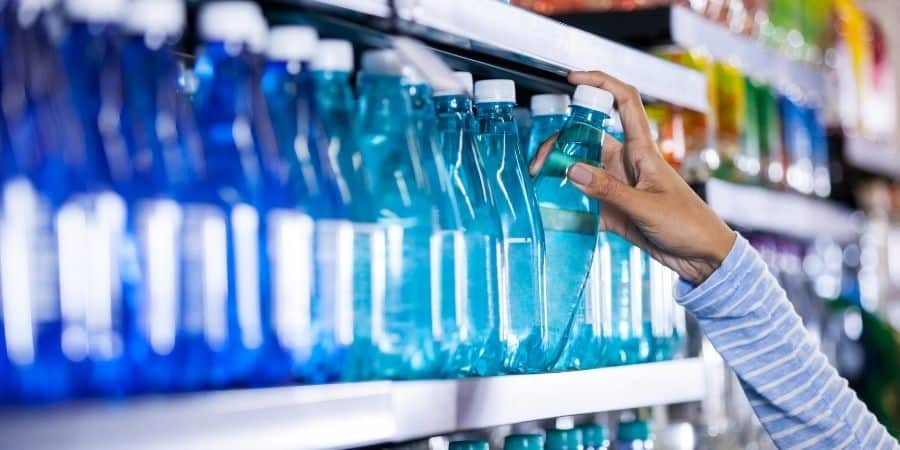
Water quality is another element utilized to help make coffee taste more tasty and flavorful. Using hard water is not an optimal choice as the minerals will prevent it from bonding well with coffee when it’s extracted. This can lead to weak tasting coffee.
In contrast, it is also essential not to use distilled or heavily filtered water. Using water containing a middle-of-the-road mineral balance is usually preferred. Experimenting with this factor may be the best way to make coffee at home.
Making a great-tasting cup of coffee can be done by utilizing one or more of these techniques. The more consistency a person has, the better their coffee will likely taste after it’s brewed and consumed.
